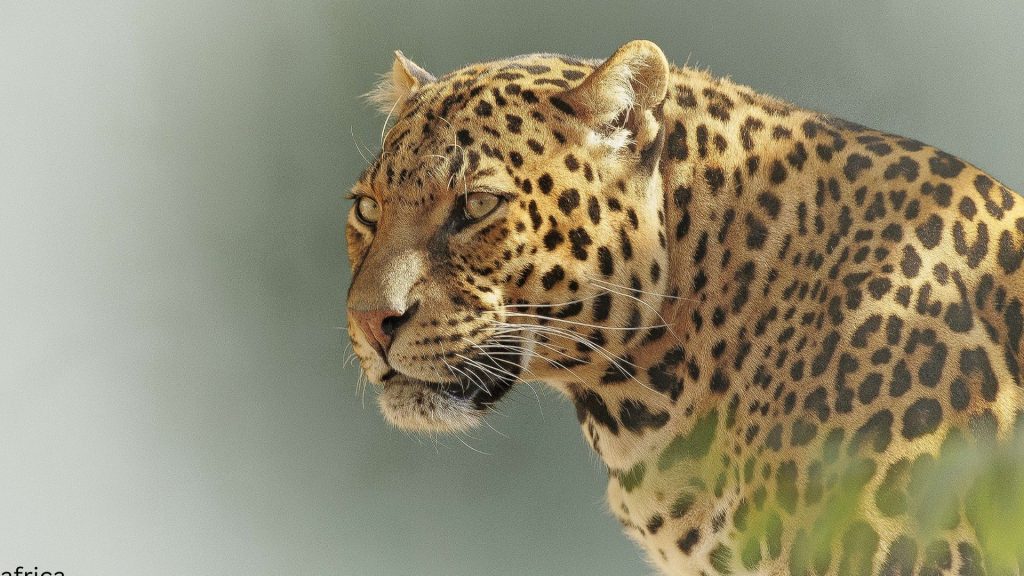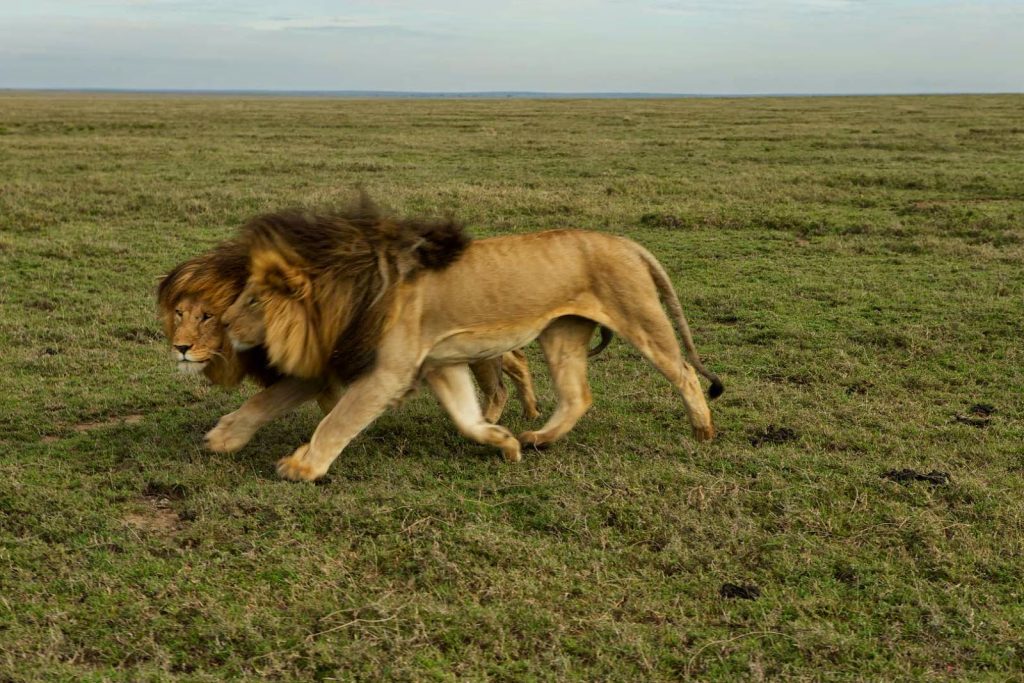Udzungwa mountains
Home » Udzungwa mountains
“Home to Red Colobus Monkeys’’
Udzungwa mountains overview
The Udzungwa Mountains are a mountain range in south-central Tanzania. The mountains are mostly within the Iringa Region, south of Tanzania’s capital Dodoma. The Udzungwa Mountains are part of the Eastern Arc Mountains and are home to a biodiverse community of flora and fauna with large numbers of endemic species.
The mountains are home to the Hehe people, and the name Udzungwa comes from the Kihehe word “Wadzungwa,” which means the people who live on mountainsides. Iringa is the largest settlement in the mountains and the regional headquarters.
Geography
The Undzungwa Mountains cover an area of 16,131.40 km2, the largest of the Eastern Arc ranges. The highest peak in the range is Luhombero at 2,579 meters (8,461 feet). The mountain range extends generally northeast-southwest. The Usangu Plain lies to the northwest, drained by the Great Ruaha River and its tributaries.
The Great Ruaha River separates the Udzungwa Mountains from the Rubeho Mountains and the Uvidunda Mountains to the northeast. The Kilombero River valley lies to the south and southeast.
To the southwest, the Makambako Gap separates the Udzungwa Mountains from the Kipengere Range. Both the Great Ruaha and Kilombero rivers are tributaries of the Rufiji River, which empties into the Indian Ocean. The Lukosi River originates in the central part of the range and empties eastwards into the Great Ruaha. The Little Ruaha River and its tributaries drain much
of the western portion of the range, emptying northwards into the Great Ruaha.
Climate
The Udzungwa Mountains intercept moisture-laden winds from the Indian Ocean and receive more rainfall than the surrounding
lowlands. Most of the rainfall occurs in the November-to-May wet season, although mist and light rain occur at higher elevations during the dry season months. Rainfall is higher on the southern and southeastern slopes facing the Indian Ocean and lower in the mountains, where rain falls to the north and west. Temperatures are cooler at higher elevations.
Geology
The Udzungwa Mountains, along with the others in the Eastern Arc, are made up of ancient crystalline Precambrian rocks that were uplifted over millions of years along fault lines. The most recent period of uplift started 30 million years ago, but the fault system and uplift process may be far older. Soils derived from these ancient rocks are not as fertile as the younger volcanic soils of mountains to the north and west.
Udzungwa Flora and fauna
About thirty million years ago, the area was covered by extensive rainforest. During a cooler and drier period some ten million years ago, the lowland forests were converted to savanna, leaving the mountain ranges as islands where the tropical forests continued to flourish. The long-term persistence of a humid climate and the isolation of each mountain range have led to a great deal of endemism and a very diverse flora and fauna. The Udzungwa and other Eastern Arc mountains have extremely high biodiversity, with numerous endemic species (more than 25 percent of the vertebrate species). 10 percent of them are protected by the Udzungwa Mountains National Park and the Udzungwa Scarp Nature Forest Reserve.
The Udzungwa Mountains are covered with lowland rainforest, montane rainforest, miombo woodland, grassland, and heathland.
Forests extend from 300 to 2579 meters in elevation and vary in composition and species type with elevation and rainfall. The wetter eastern and southeastern slopes receive more rain from the Indian Ocean and support evergreen forests on the lower slopes; the drier western and northwestern slopes have deciduous miombo forests and woodlands at lower elevations and evergreen forests only at higher elevations.
Broad areas of forest on the central plateau have been cleared for agriculture and pasture. An analysis of satellite images taken between 1999 and 2003 found that 1353 km2 of the mountains were still covered in evergreen forest.
The mountains are home to many mammals, including Abbott’s duiker (Cephalophus spadix), Kipunji (Rungwecebus kipunji), and Udzungwa red colobus (Cercocebus galleries). Elephants (Loxodonta africana) are found in the forests along the southern escarpment.
The gray-faced sengi (Rhynchocyon udzungwensis) is a species of elephant shrew endemic to the mountains. The Udzungwa forest partridge (Xenoperdix udzungwensis) is also endemic, and its closest relatives appear to be the hill partridges of Asia.
Although the two mountain groups are ecologically distinct, the Eastern Arc Mountains share many species and plant communities with the Southern Highlands, which lie to the southwest across the Makambako Gap. Both are Afromontane regions, home to characteristic montane species and ecologically distinct from the adjacent lowlands. The climate of the Southern Highlands is more influenced by Lake Malawi than by the Indian Ocean. Some limited-range montane species, including the Kipunji and Kipengere seedeaters (Crithagra melanochrous), inhabit both the Udzungwa Mountains and the Kipengere Range.
The Kihansi spray toad (Nectophrynoides asperginis), which was found only around a waterfall on the Kihansi River, became extinct in the wild in 2009 when an upstream dam altered its habitat.
The toads have since been reintroduced after a successful captive breeding program.
Udzungwa Protected areas and conservation
Protected areas include Udzungwa Mountains National Park (2088.69 km2), Udzungwa Scarp, Kisinga-Rugaro, West Kilombero forest reserves, and Sanje Falls. It is possible to visit the Udzungwa Mountains National Park and go hiking and trekking. The park has no roads passable by vehicle and is accessible only by foot. The trekking routes vary, from the short and easy one-hour Sonjo Waterfall hike to the extremely difficult 6-day trek on the Lumemo Trail. The most popular route is the Sanje Waterfalls Trail, which takes about four hours to complete.
The World-Wide Fund for Nature is working with local communities to protect the park and provide conservation and management support, monitoring, research, and ecotourism initiatives. The help of the local communities is encouraged by giving them access to resources such as the collection of firewood, harvesting of medicinal plants, and
gathering grass for thatching.
The Uzungwa Scarp Nature Forest Reserve (USNFR) is located in the Udzungwa Mountains within the Iringa Region (Kilolo and Mufindi Districts) and Kilombero District in the Morogoro Region. The reserve is home to Red Colobus monkeys and a variety of vegetation, including a tall, luxurious sub-montane forest. Other tourist attractions found in the reserve are unique canopy features, wild animals like elephants and buffaloes, migratory birds, attractive scenery, caves, waterfalls (Idasi, Lutalawa, Msingusi, Kiimbi, Ikungwe, Udagaji, Mipimati), historical and cultural sites (Madege, Lendi, Igeni, Kisupyo, Lugugwe, Utemelwa, Lupondelo, Lusakalilo villages), nature trails, and ecotourism activities.
Tourists can do the following ecotourism activities: swimming at the natural ponds, sunrise and sunset viewing, hiking, trekking, safari adventures, cultural and traditional experiences, bird watching, research and educational tours, photographing, and camping.
Accessibility
There are three access routes to the reserve. The first one is through Ipogolo via Kilolo District to Uluti village, which is about 100km from Iringa town. The second is through Mufindi District via Mapanda Ward to Uhafiwa village, about 130 km from Mafinga Township. The third is from Morogoro Municipality via Mikumi Town to Ifakara Town, then Chita to Udagaji Village.
Which is about 80km.
In Iringa Municipality, there is Nduli Airport, which serves scheduled and non-scheduled/chartered flights from major cities like Dar es Salaam, Arusha, and Kilimanjaro. The distance from Iringa town to Uzungwa Scarp Nature Forest Reserve is about 120 km.
Other tourist attractions found near Uzungwa Nature Forest Reserve are Kilombero Nature Forest Reserve, Udzungwa Mountains National Park, Nyerere National Park, and Kidatu Power Station.
Visitors coming to the reserve through Iringa also have the opportunity to visit nearby tourist attractions such as Kalenga Historical Centre, Isimila Archeological Site, and Ruaha National Park.



